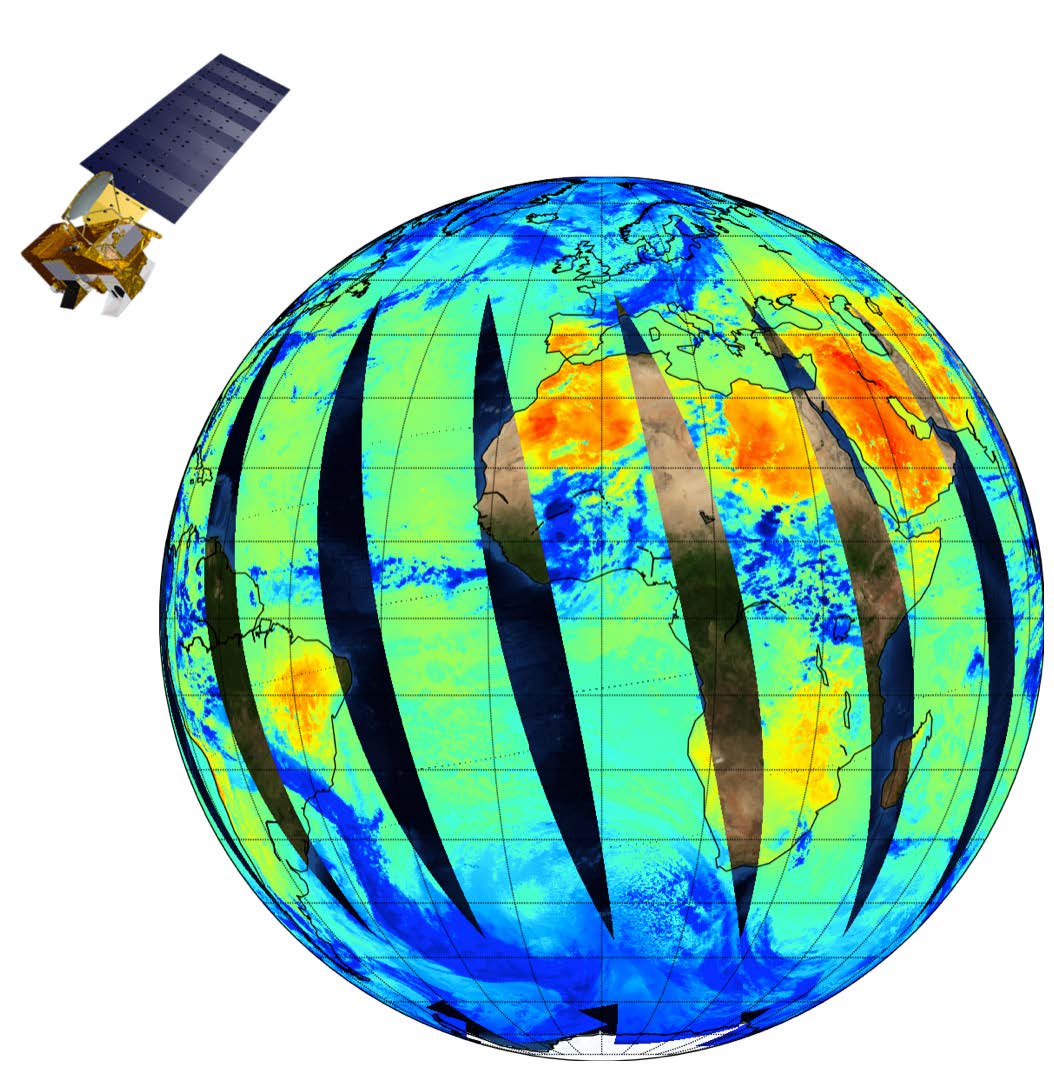Earth as an Exoplanet
Why study Earth as an exoplanet?
The field of exoplanet research is a young and vibrant area of study, continually evolving and expanding as new discoveries and technologies emerge. More than 5500 exoplanets in over 4000 planetary systems have been found in the last two decades by various detection techniques. While many of these detected worlds are unsuitable for supporting life, there is a growing number of potentially habitable terrestrial planets being discovered. To search for signs of life beyond our solar system the direct detection of their atmospheres is required. However, a key challenge lies in accurately interpreting their spectra, as the measured exoplanet spectra are global averages (due to the large exoplanet-observer separation). Hence, local variations in the atmospheric composition, pressure-temperature structure, and clouds are unresolved. Additionally, due to the faint nature of their signals, the temporal and spectral resolution is limited. Thus, observations of terrestrial habitable zone exoplanets are spatially and temporally averaged, low-resolution spectra. To prepare - for future attempts to characterise these distant habitable worlds, studying Earth and its characteristics from afar offers a unique opportunity to explore a truly habitable and inhabited world.
How can we study Earth from afar?
Even with the most powerful telescopes conceived today exoplanets remain spatially unresolved point sources. So, ideally, in order to study Earth as an exoplanet, data taken from a remote vantage point should be used. However, such data showing the entire disk of our home planet are limited as they are only obtained from a handful of spacecraft flybys such as Voyager 1, Galileo, MGS/TES, EPOXI, LCROSS and DSCOVR or from Earth-shine observations, where the reflected light from Earth is re-reflected from the unlit part of the Moon. Furthermore, these observations lack the necessary temporal and spectral coverage as well as are limited in terms of viewing geometry in order to systematically study Earth’s spectral characteristics and its time-variability. In contrast, the regular monitoring of Earth, in particular from Earth-orbiting satellites, yielded a rich collection of Earth observation data, which has been used to investigate Earth’s appearance in both reflected light and thermal emission. Such data offer an extensive temporal, spatial, and spectral coverage which can be tailored to represent exoplanet observation data or at least be interpreted in such a context.

Our research
We follow a data-driven approach to systematically investigate Earth’s thermal emission spectrum and its time-variability in the context of exoplanet research. By leveraging the wealth of Earth observation data, we explore the impact of data-limited, temporally and spatially unresolved observations on the characterisation of potential habitable worlds. The journey to characterize Earth-like planets and detect potentially habitable worlds has only started. Our work demonstrates the power of thermal emission data for their characterisation and that next generation, optimized space missions can assess whether nearby temperate terrestrial exoplanets are habitable or even inhabited. This provides a promising step forward in our quest to understand distant worlds.
